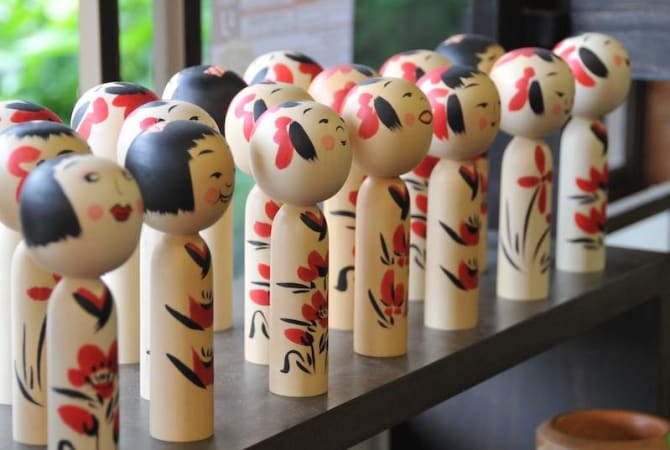Tap Into Your Inner Artist With These Japanese Traditional Crafts
Japan has a rich culture and history that have been passed down from generation to generation through the centuries. Along with these, Japan is also a country known for its aesthetically unique arts and crafts. These arts and crafts have faced many challenges against the test of time, especially because many of these require years and years of practice to perfect.
Despite their changing forms, these crafts remain highly relevant in present-day Japan due to their deep roots in the country's culture and traditions. Here, we’ll be introducing four crafts that constitute some of Japan’s finest examples of tradition — and where you can try them out yourself!
1. Design Shibori-dyed scarves at the Kyoto Shibori Museum (Kyoto Prefecture)

Shibori dyeing. ©KYOTO SHIBORI MUSEUM
Tie-dyeing is a technique that has been practiced as early as the 6th and 7th centuries in Japan. Here, the technique is referred to as shibori, which comes from the root word “shiboru” meaning to squeeze or press. Similar to other forms of tie-dyeing, shibori utilizes twisting, crumpling, folding and more to create shapes on pieces of cloth.
Shibori, said to be the oldest dyeing craft in Japan, has been passed down through the centuries. This popular technique has adorned kimonos and other Japanese clothing, and various adaptations have emerged in different regions of Japan. Notably, the Hikita Kanoko Shibori type, which originated in Kyoto, is still used today on small garments and scarves, attracting the attention of people around the world.
Learn more about

©KYOTO SHIBORI MUSEUM
There are many artisans still practicing shibori in various parts of Japan. In Kyoto, you can try your hand at this craft when you pay a visit to the Kyoto Shibori Museum. Visitors can attend Shibori classes ranging from JPY5,500 to JPY9,900, depending on the type of class. Once it’s dried, you can take your work home as a memorable souvenir.
Address: 127, Shikiami-cho, Nakagyo-ku, Kyoto, 604-8261
Access: From Kyoto Station, take the Karasuma Line to Karasuma Oike Station, exit via Entrance 4-1, and walk 10 minutes to the museum. It is also a 5-minute walk from Nijo Castle or Nijojo-mae Station; 5-minute walk from Horikawa-Oike bus stop (Take bus No. 9 / No. 50 at Kyoto Station bus terminal)
Operating Hours: 9:00AM - 5:00PM (Closed on Sundays)
*Reservation for classes is required. You may reserve a slot here.
Website: https://en.shibori.jp/
2. Create Suruga bamboo lattice ware at TAKUMISHUKU (Shizuoka Prefecture)
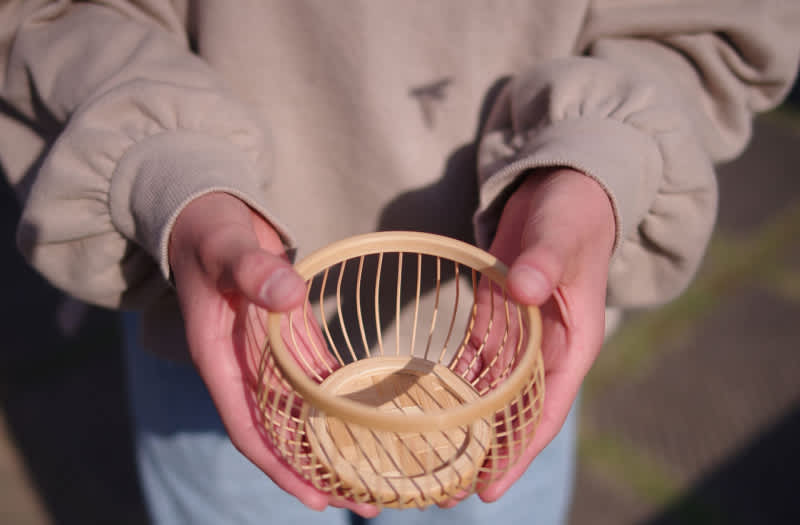
Bamboo crafting in Shizuoka Prefecture. © TAKUMISHUKU: Traditional Hand Craft Arts Center
Suruga bamboo is a traditional craft that emerged from the old province of Suruga, now part of the central area of Shizuoka Prefecture, and gained popularity during the Edo Period (1615-1868).
Different from bamboo weaving, Shizuoka bamboo craft stands out with its delicate curved finish, achieved using thin round strips instead of the flat strips common in other regions. Legend attributes this style to a court aristocrat who, inspired by the seasons and a love for composing waka poems about insects, desired finely crafted baskets to house these seasonal creatures. Over time, this unique technique evolved into the exquisite bambooware we see today.
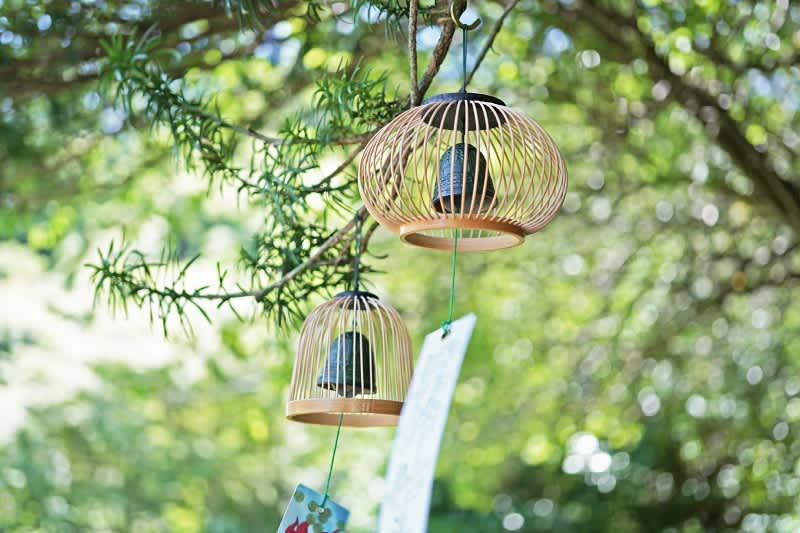
© TAKUMISHUKU: Traditional Hand Craft Arts Center
Those who want to try their hand at this craft can attend Takumishiku, a workshop in Sunpu, to create their own bamboo crafts. There are also classes for lacquerware making, tote bag making, and more at the center for visitors to try. Prices for the bamboo craft start at JPY1,800 for beginner-friendly trials.
Address: 3240-1 Maruko, Suruga-ku, Shizuoka City, Shizuoka Prefecture 421-0103
Access: From Tokyo Station, take the JR Tokaido Shinkansen Hikari Line to Shizuoka Station and exit via the North Exit. Take the Chubu National Highway Bus Line bound for Fujieda Station and get off at Togeppou Sunpu Takumishukuiriguchi, then walk for about 5 minutes.
Operating Hours: 10:00AM - 7:00PM, closed on Mondays (The facility will be open during public holidays that fall on Mondays, but will be closed on the following weekday (Tuesday).
*Registration for the current set of classes has already closed. Please refer to the official website for updates.
Website: https://takumishuku.jp/experience_cat/surugatakesensujizaiku/
3. Make Ryukyu glassware at Ryukyu Glass Village (Okinawa Prefecture)
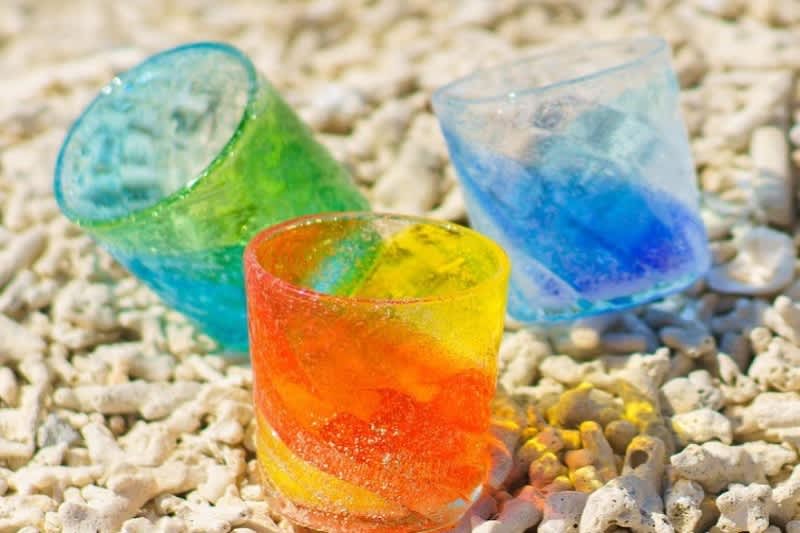
Ryukyu Glassware from Okinawa. ©RYUKYU GLASS VILLAGE
Okinawa, which was once called the Ryukyu Kingdom, is known for its vibrantly colored glassware that takes inspiration from the waters, sky, and flowers in the region, paying homage to the tropical feel of the area.
After World War II, there was a demand for glassware from American soldiers stationed in Okinawa who wanted to bring home souvenirs to their families. However, due to the destruction brought by the war, there was a shortage of raw materials and resources which led glassmakers to look for alternatives: discarded beer and cola bottles at US military facilities. The melted glass produced from these materials had impurities that caused bubbles to form. These were typically considered defects, but the bubbles soon became a unique and distinct feature of glassware manufactured in Okinawa.
This craft not only mirrors the natural colors — blues, greens, oranges, and yellows — of the region. It also reflects the Okinawan values of being adaptable, resourceful, and seeing value in imperfections.
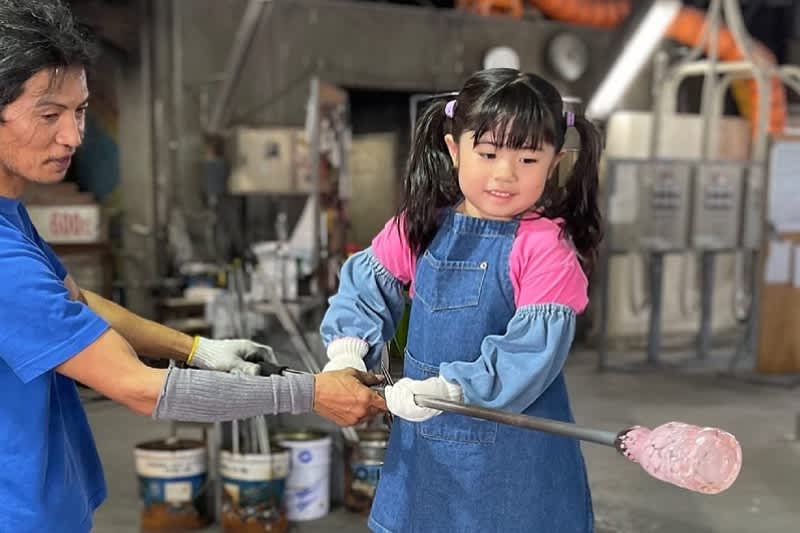
Glassware making. ©RYUKYU GLASS VILLAGE
To this day, Okinawa produces beautiful glassware that many take home as souvenirs. If you want to make these beautiful works of art yourself, you can take glass-making workshops at Ryukyu Glass Village.
There, visitors can also try their hand at various crafts such as gel glass making, handmade photo frames, Kintsugi experience, and more. The glassware you’ll be making can be picked up or shipped to you around seven days after the workshop. Other craft experiences can be taken home on the day itself.
Address: 169 Aza-Fukuji, Itoman City, Okinawa 901-0345
Access: From Itoman Bus Terminal take the "No. 82 Gyokusendo Itoman Line" or "No. 108 Nanbu Loop Line" and get off at "Ryukyu Glass Village".
Operating hours: 9:30AM - 5:30PM
Website: https://www.ryukyu-glass.co.jp/
4. Experience sharpening knives at Takefu Knife Village (Fukui Prefecture)

Knifemaking at Takefu Knife Village. ©Takefu Knife Village Assn.
Fukui Prefecture is known to be home to many kinds of arts and crafts. This includes eyeglasses-making, Echizen Washi (a kind of Japanese paper) production, lacquerware, pottery, and Echizen knives (handmade forged knives).
Learn more about
The knife-making industry in Fukui bloomed nearly 700 years ago after a swordsmith Chiyozuru Kuniyasu left Kyoto and moved to the Echizen region in Fukui. According to records, he disliked the thought of swords being used to take people’s lives. After noticing that farmers in the region were using low-quality knives, Chiyozuru started making sickles for farming using sword-making techniques. In contrast to the common usage of these sharp swords by samurai warriors, he hoped that it would instead be used to sustain life and not take it. He then taught his techniques to other swordsmiths in the area, starting the production of the Echizen knives.
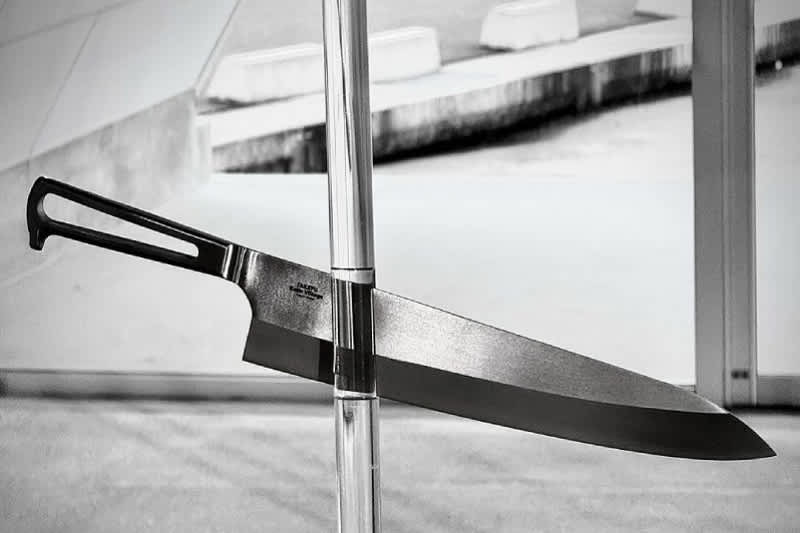
©Takefu Knife Village Assn.
Echizen became the first blade-making region in Japan to receive a traditional craft designation from the Japanese government. The same traditional techniques are still being used today, and blades are continuously being created by hand. Each blade design has a specific purpose such as for slicing fish or cutting noodles.
In Fukui, you can buy knives and experience knifemaking at Takefu Knife Village, the central base for the Echizen Blade industry. There are classes for making paper knives, outdoor knives, and kitchen knives for individuals, groups, and overseas visitors taught by real craftsmen from the region. You can also take home the craft you made on the same day. Apart from knifemaking, you can also learn how to sharpen knives with a whetstone or even bring your own knives to be sharpened at the village. Your knife will be returned in 3 to 5 days.
Note: Fukui will become more accessible with the opening of a new stop on the Hokuriku Shinkansen, Tsuruga Station, connecting Tokyo to Fukui starting March 16, 2024.
Address: 22-91, Yokawa-cho, Echizen-shi, Fukui, 9150031
Access: 20 minutes by Fukutetsu bus from Hapi-Line Fukui Takefu Station (get off at Iritani) or take the Hokuriku Shinkansen from Tokyo Station and alight at Fukui Station (available starting 16 March 2024)
Operating hours: 9:00AM - 5:00PM
*Reservations as required for all classes. You may check the official website for details.
Website: https://www.takefu-knifevillage.jp/
Discover more of Japan. Follow us on Facebook and Instagram for fun facts and quick tips about Japan.
















































